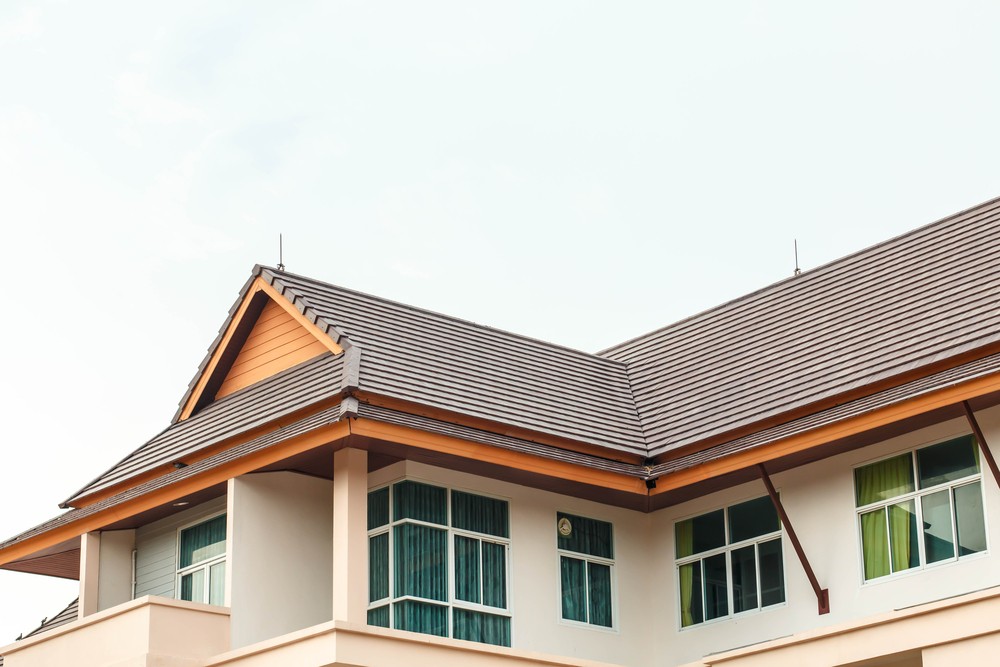
What Is Rolled Roofing?
Many people are curious about rolled roofing and why it is a good idea. There are many benefits to using this type of roofing, including cost efficiency and protection from the elements.
To know if this type of roofing is right for you, you need to understand what it is and how it works. Rolled roofing is a type of rubber roof formed into a long roll. It’s often used to cover the roofs of houses and other buildings, such as warehouses and greenhouses. Rolled roofing can be made from different materials, but it is most commonly made from recycled tires or rubber sheets.
The basics to rolled roofing.
To understand why rolled roofing is a good choice, it’s important to know the basics. Rolled roofs are made from individual sections of rubber that have been attached and formed into one long roll. The rolls can be up to twenty feet wide and two hundred feet in length, depending on how big your building is and what you need for coverage.
Each section has holes drilled along its sides to be sewn or stapled together with strips of fabric at the seams. Once the seam has been secured tightly enough, waterproof cement called mastic will cover over the stitches to make them more durable against wear and tear from rainwater or wind-driven debris like dirt particles or leaves.
The great thing about rolled roofing is that it doesn’t just sit on top of your building like a sheet of metal would. Instead, it adds an extra layer of protection between the roof deck and whatever material you choose to cover it with. This can be important if you live in an area that experiences severe weather conditions or has a high chance of hail damage.
Where to use rolled roofing.
Rolled roofing is often used on residential or commercial buildings but can also be seen on sheds, barns, and other agricultural buildings. The most common applications are:
- Homes
- Warehouses
- Greenhouses
- Garages
- Sheds
- Barns

The benefits of rolled roofing.
There are many reasons you might want to consider using a rubber roof in the form of a roll. Some of the key benefits include:
- Cost-effective: Rolled roofing is one of the most cost-effective types of roofing available. It’s less expensive than traditional materials like metal or asphalt, and it can last for up to twenty years with proper maintenance.
- Protective: The extra layer of rubber between your building and the elements helps to keep your roof deck protected from damage. This can be important in areas that experience severe weather conditions or have a high chance of hail damage.
- Lightweight: Rubber is a lightweight material, so rolled roofing doesn’t add a lot of weight to your structure. This makes it ideal for buildings that are already under stress, such as older homes or those in danger of being blown over in a storm.
- Long-lasting: Rubber is one of the most durable materials available, making rolled roofing a great choice for anyone who wants something that can last.
- Versatile: There are many different types of roll roofing available, so you can find one to match your needs and budget. You might want to consider using green or eco-friendly options if you’re trying to make an environmentally conscious decision about what type of building material works best for your property.
- Easy installation – Unlike traditional roofing materials, rolled roofing is easy to install yourself. This could save you a lot of money on installation costs.
While these are some of the common benefits of rolled roofing, you might find that rubber is the perfect material for your building in other ways. That’s why it pays to do research and get samples before deciding what type of roof will work best on your property.
The cons of using rolled roofing.
Before you decide to go with rolled roofing, it’s also important to know the downsides of using this type of material. Some of the most common cons include:
- Can’t be repaired if damaged – Rubber is a very durable material. Still, that same durability can make it difficult or impossible for your property owner or manager to repair damage after something goes wrong.
- Not as energy-efficient – While new rolled roofing can have better R-values than other types of materials, older roofs are less effective at retaining heat and keeping out moisture. If you want an eco-friendly option that helps keep your home cooler in the summertime or warmer in the winter, consider investing in some solar panels instead of opting for this type of material.
Although these are some of the potential drawbacks to using rolled roofing, it’s important to remember that every property is different. Be sure to weigh the pros and cons before making a final decision about whether or not this type of roofing is right for you.
A roofing Contractor in Indianapolis.
At Roofing Made Easy, we specialize in all types of roofing, including rolled roofing. We have years of experience working with this type of material and can help you determine if it’s the right option for your property. Contact us today for a free quote.


